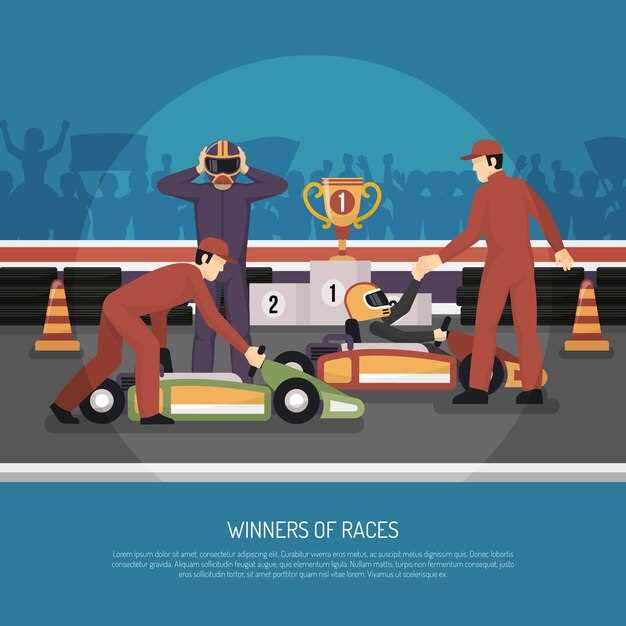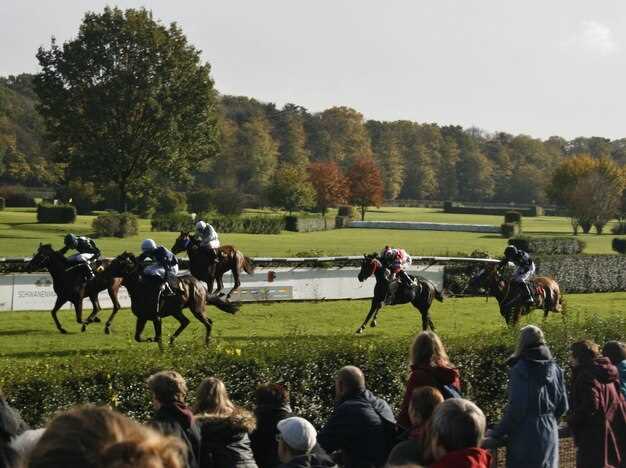
In the world of racing, various classes and age categories play a pivotal role in defining the competition landscape. These classifications not only ensure a fair playing field for participants but also enhance the overall excitement of the event. By segmenting racers into distinct classes, organizers can manage the diverse skill levels and physical capabilities that accompany different age groups, allowing athletes to compete against their peers.
Age and class categories can vary significantly between different racing disciplines, whether it be motorsports, athletics, or cycling. Each sport has its own set of rules and standards that govern how these classes are determined. Understanding the intricacies of these categories helps fans, participants, and organizers appreciate the dynamics of the race and the efforts required to excel within specific segments.
Moreover, these classifications are crucial for promoting inclusivity in racing events. By recognizing the differences in capabilities and experience among racers, events can draw a broader audience and encourage participation from various demographics. This not only boosts the visibility of the sport but also fosters a sense of community among competitors, creating memorable experiences that transcend the race itself.
Determining Eligibility Based on Age Groups in Racing

In the realm of racing, defining eligibility based on age groups is essential for ensuring fairness and competitiveness among participants. Different organizations and governing bodies set specific age criteria to categorize racers, facilitating appropriate matchups and fostering skill development within certain age brackets.
Age-based classifications allow for a more equitable racing environment, where individuals compete against peers with similar physical and cognitive capabilities. Common divisions include youth categories, junior classes, and adult divisions, each tailored to the developmental stages and abilities of racers, as well as the type of race being conducted.
For example, in track and field events, young athletes may be divided into categories like under-10, under-12, and under-15, which not only create competitive balance but also encourage participation among younger age groups. Similar practices are evident in motorsport and cycling, where age-based divisions help promote safety and skill progression.
Eligibility criteria often extend beyond age to include factors such as experience level, gender, and sometimes even weight classes, further refining the competitive landscape. These considerations ensure that all participants have a fair chance to excel, thus enhancing the overall integrity of the racing event.
Ultimately, establishing eligibility based on age groups serves a dual purpose: it protects the interests of young athletes and enhances the quality of racing competitions, making them more engaging and structured for all involved.
Identifying Race Classes and Their Specific Requirements
In the realm of racing events, understanding the various race classes and their specific requirements is crucial for both participants and organizers. Each class serves to ensure fair competition among participants of similar skill levels, ages, and equipment. Identifying the appropriate class is essential for eligibility and successful entry into any racing event.
Race classes are typically categorized based on several factors, including age, gender, and vehicle specifications. For example, in motorsport, different classes might be defined by engine size, weight, or modifications allowed. Similarly, in athletic events, participants may be grouped by age brackets, such as youth, junior, and senior categories, each with distinct eligibility criteria.
To compete in a specific race class, participants must meet the established guidelines encompassing both technical and personal criteria. This includes vehicle safety standards, equipment regulations, and age limits. Athletes must also ensure that they possess any required licenses or certifications pertinent to their class. For instance, younger competitors in youth categories often face stricter guidelines aimed at their safety and development.
The eligibility for each class can vary widely across different racing disciplines. In some cases, organizers will publish detailed rule books outlining the requirements, allowing participants to assess their suitability. Additionally, compliance with these regulations is often monitored during pre-race inspections to uphold the integrity of the competition.
Ultimately, a thorough understanding of the race classes and their specific requirements not only enhances the experience for participants but also fosters a competitive yet equitable environment that champions respect and sportsmanship among racers.
Common Challenges and Solutions in Class and Age Compliance

In racing events, ensuring compliance with class and age categories can present various challenges for organizers and participants alike. One of the primary issues is the accurate verification of age. Racers sometimes provide false information regarding their age to compete in different classes, which leads to unfair advantages. To combat this, event organizers can implement stricter registration processes, requiring proof of age, such as birth certificates or ID cards, ensuring that all participants are competing in the appropriate category.
Another challenge lies in defining and categorizing race classes. Different racing disciplines might have varying interpretations of what constitutes a specific class, leading to confusion and misclassification of racers. To address this, governing bodies should establish clear, standardized guidelines outlining the criteria for each class. This helps maintain uniformity across events and minimizes disputes regarding class eligibility.
Additionally, monitoring compliance during the race is crucial. There can be instances where competitors do not adhere to class specifications in terms of equipment or performance metrics. Implementing random checks and inspections throughout the racing season can help enforce class regulations and deter potential rule violations.
Furthermore, education plays a vital role in promoting compliance. Many participants and their teams may not fully understand the rules governing their classes. By providing comprehensive educational resources and workshops before race day, organizers can enhance awareness and foster a culture of compliance, leading to a more competitive and fair racing environment.
Finally, resolving disputes regarding class and age discrepancies can be challenging. Establishing clear procedures for addressing complaints or protests will ensure that any issues are dealt with promptly and fairly. This process should include transparent communication channels, allowing racers to voice their concerns while ensuring a swift resolution.
